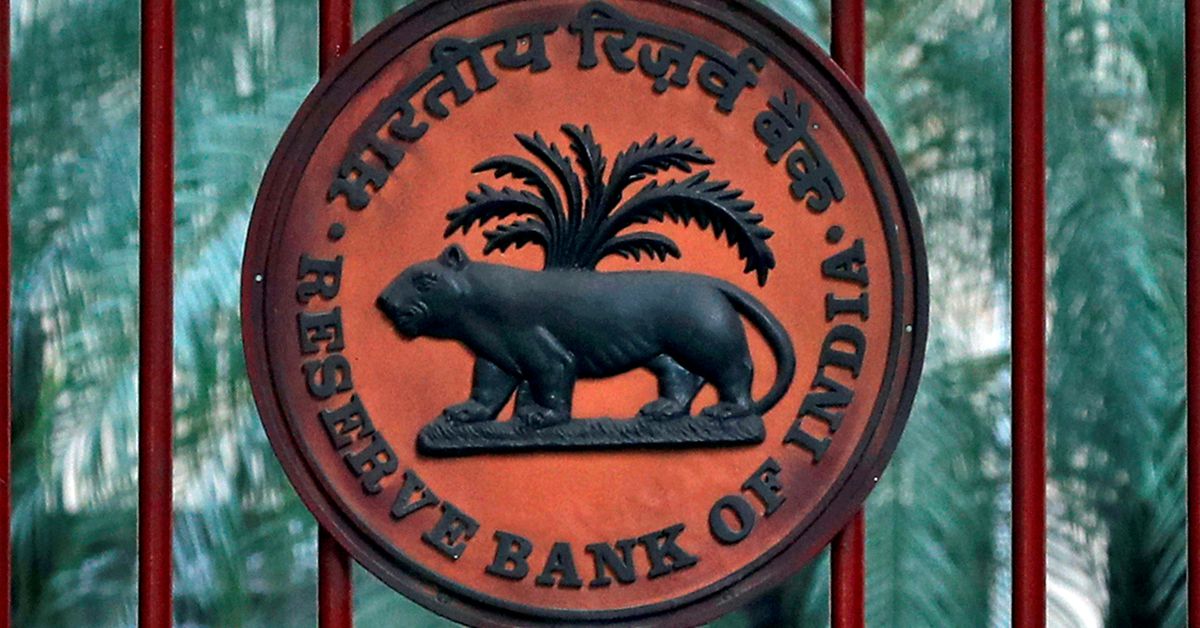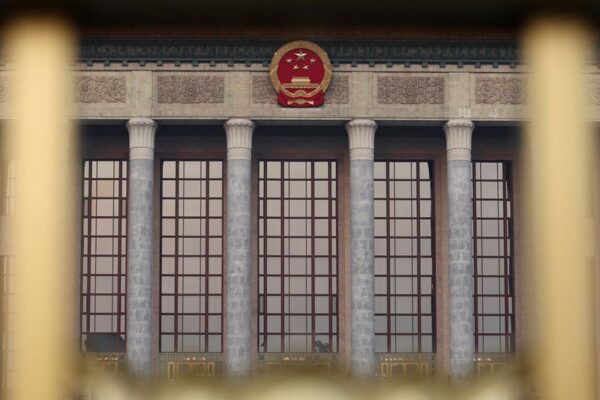India c.bank allows fresh moratorium for small borrowers as COVID-19 cases spike
A Reserve Bank of India (RBI) logo is seen at the gate of its office in New Delhi, India, November 9, 2018. REUTERS/Altaf Hussain
India’s central bank unveiled fresh measures on Wednesday to help lenders tide over mounting bad loans and give some borrowers more time to repay their debts, as surging COVID-19 infections trigger strict lockdowns in several states.
The announcement by Reserve Bank of India Governor Shaktikanta Das came as the health ministry reported a record number of daily coronavirus-related deaths and more than 300,000 new infections for the 14th straight day. read more
The debt moratorium will be available to individuals and small and medium enterprises that did not restructure their loans in 2020 and were classified as standard accounts till March 2021, Das said in an unscheduled virtual address.
“Small businesses and financial entities at the grassroot level are bearing the biggest brunt of the second wave of infections,” Das said, as he announced several measures to enhance liquidity and boost lending to various needy sectors.
The moratoriums will be applicable to borrowers with a maximum total exposure of 250 million rupees ($3.39 million), Das said.
“About 90% of the total borrowers fall under this limit so the restructuring can provide benefits to a large number of borrowers. We think these measures are enough for now,” said Sunil Mehta, chief executive officer of Indian Banks’ Association.
During the last financial year, the RBI had introduced a one-time restructuring plan for small borrowers and companiesthat allowed banks to extend repayment periods for up to two years.
Around 800,000 borrowers with total loans worth 1.2 trillion rupees enlisted in that scheme. This translated to less than 5% of the total industry wide loan book, Mehta added.
INFLATION CONCERNS REMAIN
Many businesses in India were still inching back to normalcy after a nationwide lockdown last year when the second surge of COVID-19 hit. As infections soar and more states impose restrictions on activity, some analysts have been downgrading their economic growth forecasts.
Das, however, said the hit to demand is expected to be moderate in comparison to a year ago as reports show that the disruption to manufacturing so far is minimal while consumption is holding up. read more .
He also said he doesn’t expect any significant change to the RBI’s economic forecasts made in April, when it projected 2021/22 GDP would grow by 10.5%.
On inflation, however, Das sounded a cautious tone.
He said a normal monsoon will help sustain rural demand and overall output and ease food price pressures, but also noted that a build-up in input costs across sectors, driven in part by elevated global commodity prices, remains a concern.
A continued pick-up in inflation could potentially push RBI towards raising interest rates as it is mandated by law to keep retail inflation within a 2-6% band.
OTHER MEASURES
The RBI also announced a special on-tap liquidity window of up to 500 billion rupees for banks to lend to the health care sector with tenors up to three years at the repo rate. It will be available until March 31, 2022.
The central bank said banks will need to maintain a COVID loan book under the scheme and will also get a 40 basis point higher return over the reverse repo rate on surplus funds parked with the RBI, to the extent of disbursed loans.
“RBI has come out with suitable measures and has also assured the market that they are going to be proactive so that has helped,” said Mehta.
Among other steps, the RBI announced a special 3-year long-term repo operation of 100 billion rupees for small finance banks (SFB), saying their lending to microfinance institutions can be classified as a priority sector. It also allowed banks to maintain lower reserves for advances made to small borrowers.
The RBI also relaxed overdraft guidelines for state governments and said banks can utilise their countercyclical provisioning buffers held by them as of Dec. 31, 2020 to make provisions for non-performing assets with prior board approval.
($1=73.8 Indian rupees)
Our Standards: The Thomson Reuters Trust Principles.












 Bitcoin
Bitcoin  Ethereum
Ethereum  XRP
XRP  Tether
Tether  Solana
Solana  USDC
USDC  Lido Staked Ether
Lido Staked Ether  TRON
TRON  Dogecoin
Dogecoin